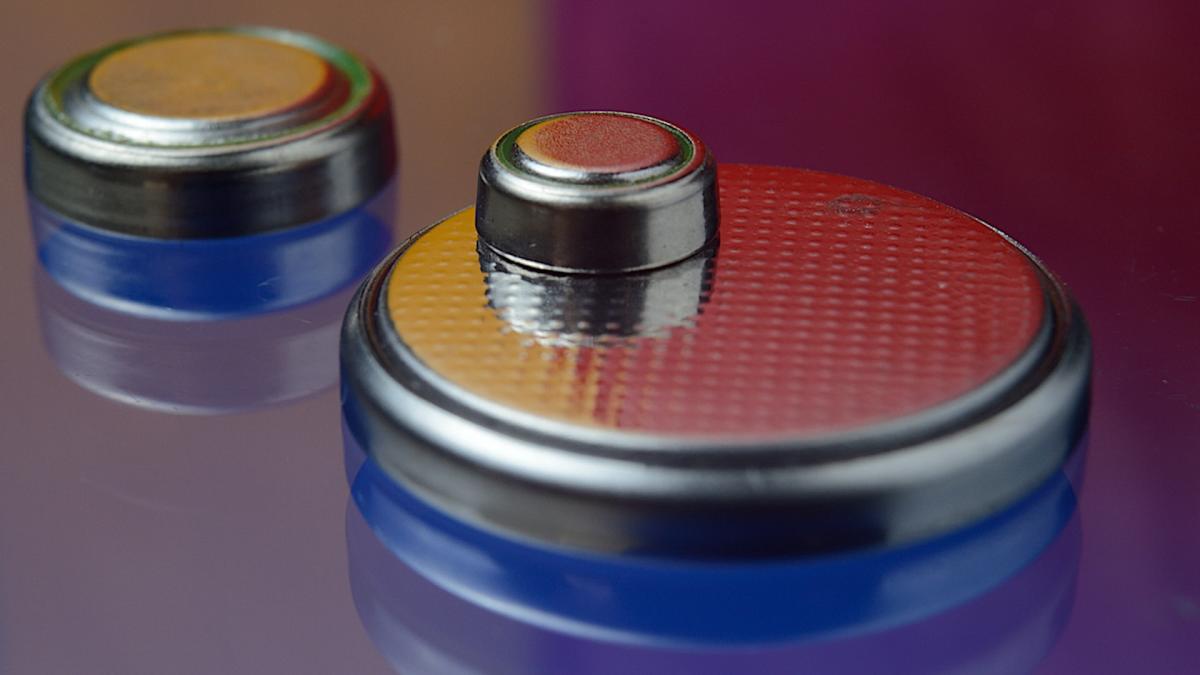
Experts in England are proving that decay can, in fact, lead to long life, at least as part of the latest unique battery science coming out of the University of Bristol.
That’s because a team there is working on carbon 14 diamond batteries, which generate power by harnessing fast-moving electrons as the radioactive material decays. The experts compared the process to solar panels, but instead of converting light into electricity, this battery converts the electrons into energy, per a lab summary.
Fascinatingly, the radioactive isotope carbon 14 decays slowly over 5,700 years, providing low-level power for a long time.
Advertisement
Advertisement
And don’t let the radioactive part scare you. That’s where the special diamond casing comes in.
The batteries “are an emerging technology that uses a manufactured diamond to safely encase small amounts of carbon 14,” Sarah Clark, director of tritium fuel cycle at the UK Atomic Energy Authority, said in the summary. The organization is working with Bristol on the breakthrough, including making the apparatus needed to grow the diamond.
The unique power pack produces enough juice to energize small devices like medical equipment. Bristol listed hearing aids, pacemakers, and ocular implants as possibilities. The long lifespan would nix the need for the sometimes-invasive battery replacement procedures, according to the experts.
Watch now: This classic mac and cheese brand just won an award for its packaging design
What’s more, the tough diamond packs can also survive operations in space and other harsh conditions. They could power tracking tags for spaceborne craft for decades.
Advertisement
Advertisement
“We’re excited to be able to explore all of these possibilities, working with partners in industry and research, over the next few years,” Bristol professor Tom Scott said in the summary.
Scientists elsewhere are developing other odd and amazing ways to catch energy. A team made of experts from multiple countries is working to harness the energy generated when wind moves over water droplets. In China, other experts are testing batteries that leverage the very oxygen in our bodies to make sustainable power.
Should we be digging into the ground to find new energy sources?
Definitely
No way
As long as it’s not near me
As long as it’s clean energy
Click your choice to see results and speak your mind
It’s all part of the way technology can help to improve our lives, from everlasting batteries in crucial body-bound medical devices to smart home electronics and appliances that can save you cash and limit planet-warming air pollution.
In the kitchen, induction cooktops are a great example. The devices can reduce food prep time with an easy-to-clean surface. What’s more, the tech is highly efficient and doesn’t emit harmful, asthma-causing gases and other health risks cited by Scientific American.
Advertisement
Advertisement
More in Science
Diamond batteries could soon be a part of next-gen innovations powering a healthier future.
They “offer a safe, sustainable way to provide continuous microwatt levels of power,” Clark said in the lab summary.
Join our free newsletter for weekly updates on the latest innovations improving our lives and shaping our future, and don’t miss this cool list of easy ways to help yourself while helping the planet.
EMEA Tribune is not involved in this news article, it is taken from our partners and or from the News Agencies. Copyright and Credit go to the News Agencies, email news@emeatribune.com Follow our WhatsApp verified Channel



